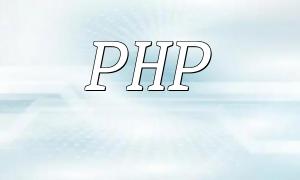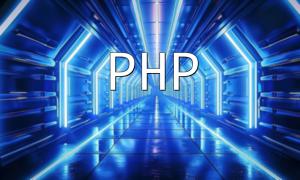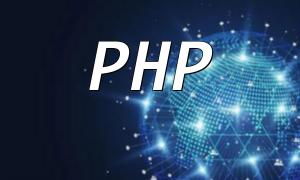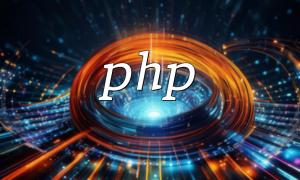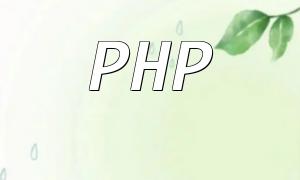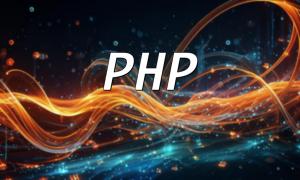The Internet of Things (IoT) refers to the system of connecting various sensors, devices, and other objects through the internet to enable data exchange and communication. With the rapid development of IoT technology, more and more applications need to interact with IoT devices. PHP, as a widely used scripting language, is an excellent choice for developing IoT applications due to its ease of use and efficiency. This article will walk you through the basic steps and key points in developing IoT applications using PHP.
Before diving into IoT application development, it's important to understand fundamental IoT concepts such as sensors, devices, and protocols. Having a solid grasp of these concepts will ensure smooth interaction and communication with IoT devices during the development process.
There are several IoT platforms available on the market, such as AWS IoT, Microsoft Azure IoT, etc. These platforms provide a variety of features and services, including device management, data exchange, and cloud storage. Choosing the right IoT platform based on your project needs will provide solid support for the development process.
To speed up IoT application development, it's helpful to get acquainted with popular PHP IoT development frameworks. These frameworks usually come with useful features such as device management and data exchange, making the development process more efficient. Common PHP IoT development frameworks include KnotPHP and phpMQTT.
After selecting an IoT platform and familiarizing yourself with relevant frameworks, you can begin writing PHP code to interact with IoT devices. By using libraries such as MQTT and COAP, you can easily enable communication and data exchange between devices. Based on project requirements, you can write control logic to manage IoT devices, such as sending commands and receiving data.
Once the application is developed, the next step is to deploy it on the chosen IoT platform and conduct thorough testing. During the testing phase, developers can simulate various real-world scenarios to validate the functionality and performance of the application. For example, you can test the response time of device controls and the accuracy of data transmission.
Once the IoT application is live, continuous maintenance and optimization are crucial. As IoT technology evolves, developers must stay updated with new technologies and periodically update the application to ensure optimal performance and adapt to new standards.
In summary, developing IoT applications with PHP is not a complex task. By mastering basic IoT concepts, selecting the right platform and framework, and writing efficient code, developers can create powerful and reliable IoT applications. We hope this article helps you understand how to leverage PHP to develop IoT applications effectively.
